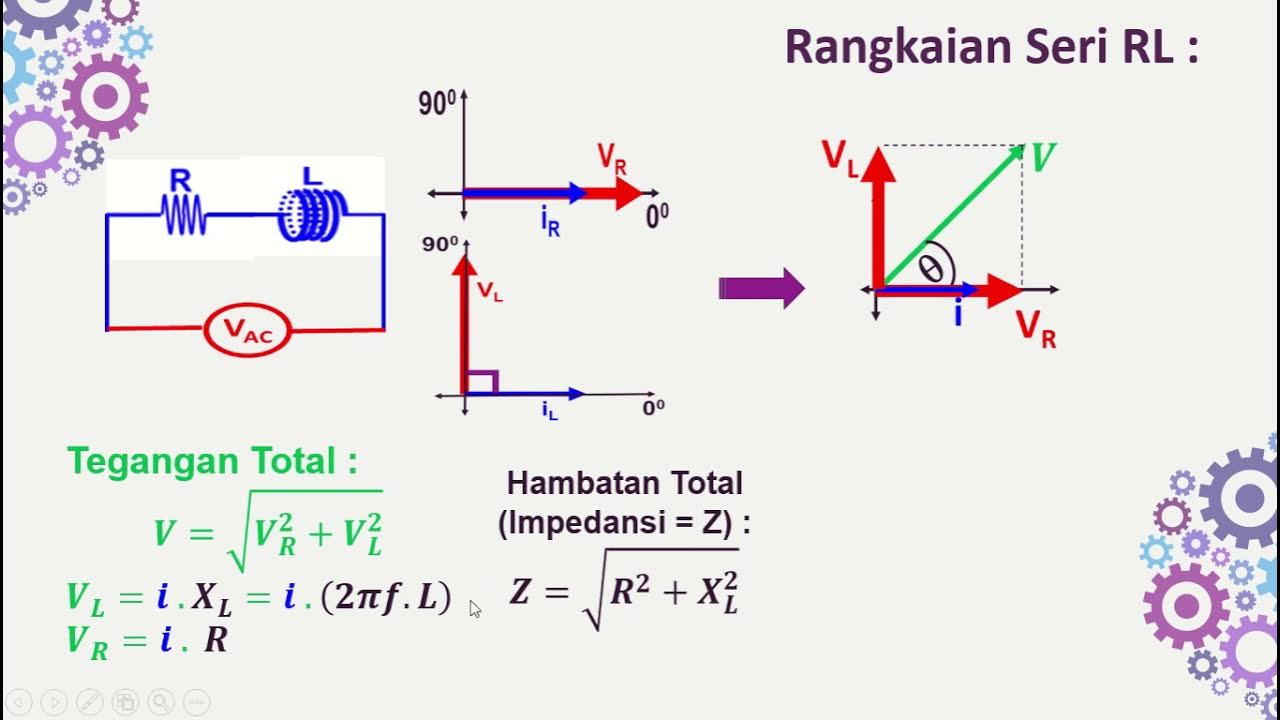What is Pull Up and Pull Down resistor , and where can we use it ? #electronics #electrical
Summary
TLDRThis video explains the concept of pull-up and pull-down resistors in digital circuits, focusing on their role in preventing floating or high impedance states. The video uses a tri-state buffer to illustrate how control signals work in logic circuits. It then delves into how pull-up and pull-down resistors stabilize input states, ensuring they are always read as either logic high or low, avoiding undefined floating states. The video also discusses the practical application of these resistors in microcontrollers and communication protocols like I2C, highlighting both internal and external resistor configurations.
Takeaways
- 😀 Pull-up and pull-down resistors are used to avoid floating states in digital circuits.
- 🟢 Logic states in digital circuits can be high, low, or floating, and pull-up or pull-down resistors prevent the floating state.
- 💡 A pull-up resistor connects one end to a high voltage (e.g., 5V) to ensure that the input is at a high state when the switch is open.
- 🔋 When the switch is closed, the input goes to a low state as it creates a short circuit.
- 🔌 Without a pull-up resistor, the input could enter a floating state when the switch is open, leading to unpredictable behavior.
- 🛠 Pull-down resistors function similarly but ensure the input is at a low state when the switch is open, pulling it down to ground.
- 📟 Pull-up and pull-down resistors are used in microcontroller input pins to prevent high-impedance states, ensuring clear logic readings.
- 🔧 Some microcontrollers have internal pull-up or pull-down resistors that can be configured in software, reducing the need for external resistors.
- 📡 Pull-up resistors are essential in communication protocols like I2C, ensuring that data and clock lines remain in a high state when inactive.
- 🛑 In I2C, the absence of pull-up resistors could result in false start or stop conditions, causing communication errors or garbage data.
Q & A
What is the purpose of a pull-up or pull-down resistor in digital circuits?
-The purpose of a pull-up or pull-down resistor is to avoid floating states or high impedance states by ensuring that a pin is always at a defined logic level (either high or low) when no active input is provided.
What happens in a floating or high impedance state?
-In a floating or high impedance state, the input is neither connected to a high nor a low logic level, which makes the state indeterminate. This can lead to unpredictable behavior in digital circuits.
How does a pull-up resistor work?
-A pull-up resistor connects one end of the resistor to a high voltage (e.g., +5V) and the other end to the input pin. When the switch is open, the input pin reads a high state because it is 'pulled up' to the high voltage.
What happens when the switch is pressed in a pull-up resistor configuration?
-When the switch is pressed in a pull-up resistor configuration, the input pin is connected to ground, creating a short circuit. This results in the input reading a low logic state.
How does a pull-down resistor function?
-A pull-down resistor connects one end of the resistor to ground and the other end to the input pin. When the switch is open, the input is 'pulled down' to ground, resulting in a low logic state.
What is the key difference between pull-up and pull-down resistors?
-The key difference is the default state they ensure. A pull-up resistor pulls the input to a high state when the switch is open, while a pull-down resistor pulls it to a low state when the switch is open.
Why is it important to avoid floating states in digital circuits?
-Avoiding floating states is important because they can cause unpredictable behavior or misreadings in the circuit, potentially leading to errors in logic operations.
What internal feature do many microcontrollers have regarding pull-up or pull-down resistors?
-Many microcontrollers have internal pull-up or pull-down resistors that can be configured through software, eliminating the need for external resistors in certain applications.
In what scenario would an external pull-up resistor be used instead of relying on an internal one?
-External pull-up resistors are often used as a safety measure or in situations where higher precision or control is needed, as internal resistors may have fixed or limited resistance values.
How are pull-up resistors used in I2C communication protocols?
-In I2C communication, pull-up resistors are used on both the clock (SCL) and data (SDA) lines to ensure they remain in a high state when no active communication is happening, preventing floating states and incorrect start/stop conditions.
Outlines

This section is available to paid users only. Please upgrade to access this part.
Upgrade NowMindmap

This section is available to paid users only. Please upgrade to access this part.
Upgrade NowKeywords

This section is available to paid users only. Please upgrade to access this part.
Upgrade NowHighlights

This section is available to paid users only. Please upgrade to access this part.
Upgrade NowTranscripts

This section is available to paid users only. Please upgrade to access this part.
Upgrade Now5.0 / 5 (0 votes)





